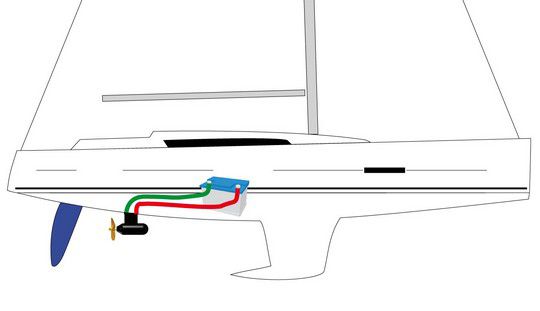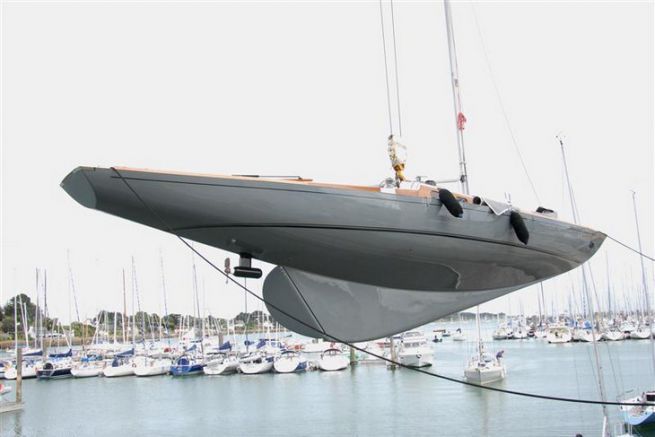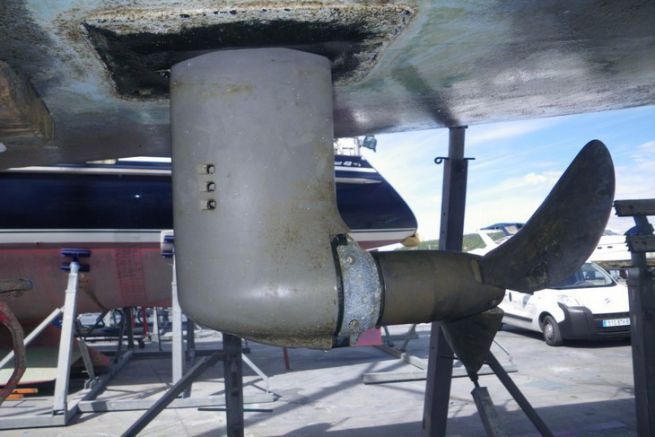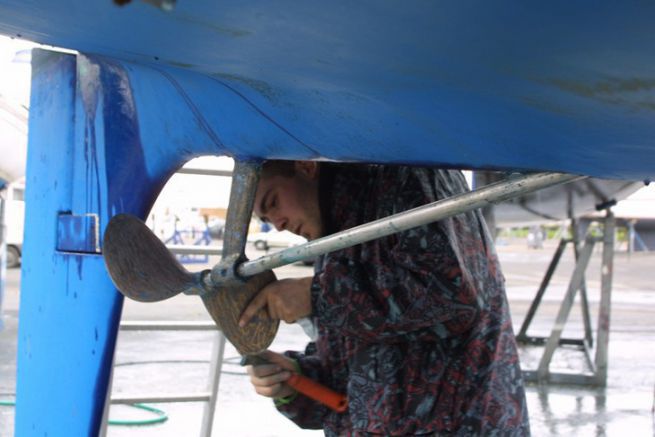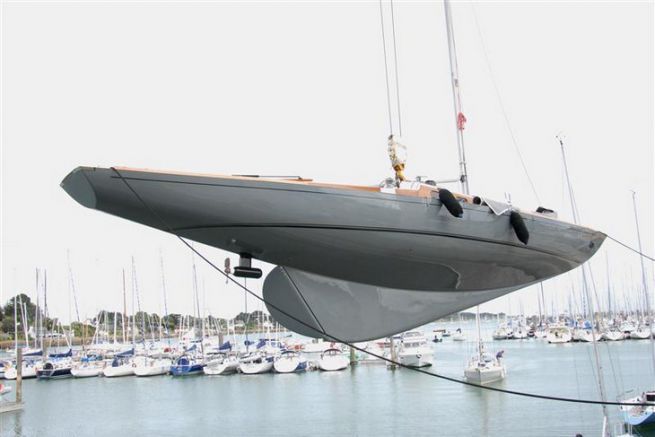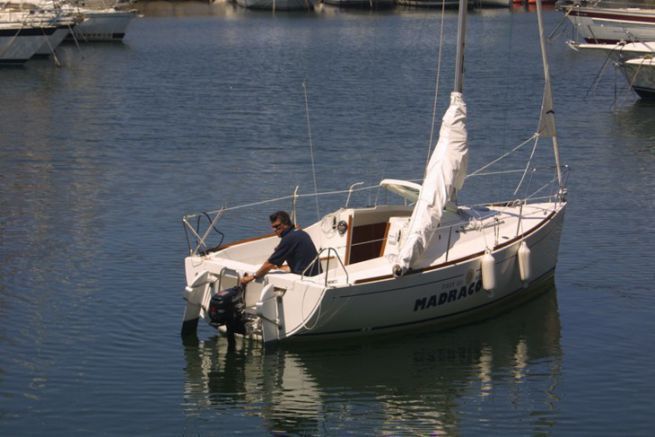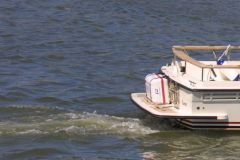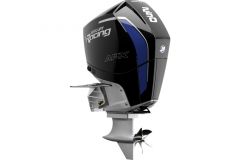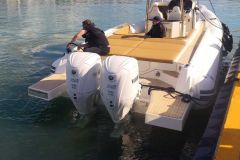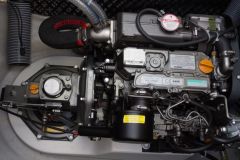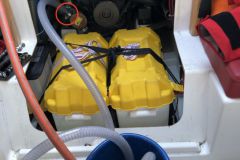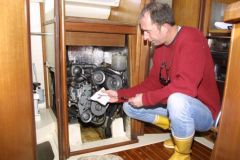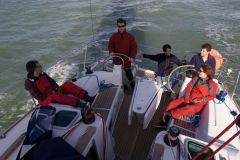Presentation of the electric pod
In electric propulsion, the battery is the main element. The powertrain consists of 5 components: a power generation system, battery, controller or converter, engine, propeller, and instrumentation.
In this system, it is the battery that stores the energy (it is the reservoir). Electricity is produced by an energy generator (charger, generator, wind, solar...). The controller is used to convert the energy supplied by the battery. The power is then transmitted to the engine (which is in the pod, installed under the hull), then to the propeller. The latter can be foldable (or not) for a lower drag and a higher speed under sail.
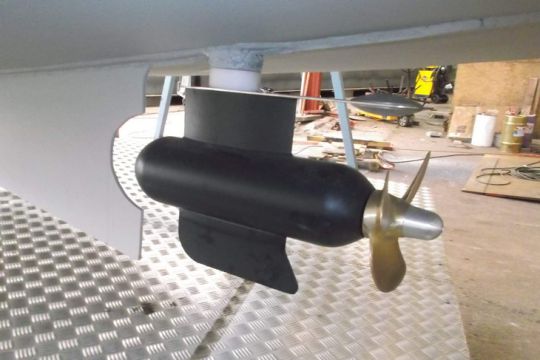
For the moment, this type of propulsion is not very widespread among boaters. It is often used on inland waterway vessels. It is also suitable for boats that until now had not been designed to have an engine on board because the pod comes to hang under the hull without modifying the structure of the boat.
However, it is only suitable for sailboats that are not looking for small engines.
Advantages of the electric pod
- Compact
- Endurance
- Comfort (no noise or smell)
- Maximum space on board
- Engine weight gain
- Ecology (polluting emissions, greenhouse gases, noise...)
